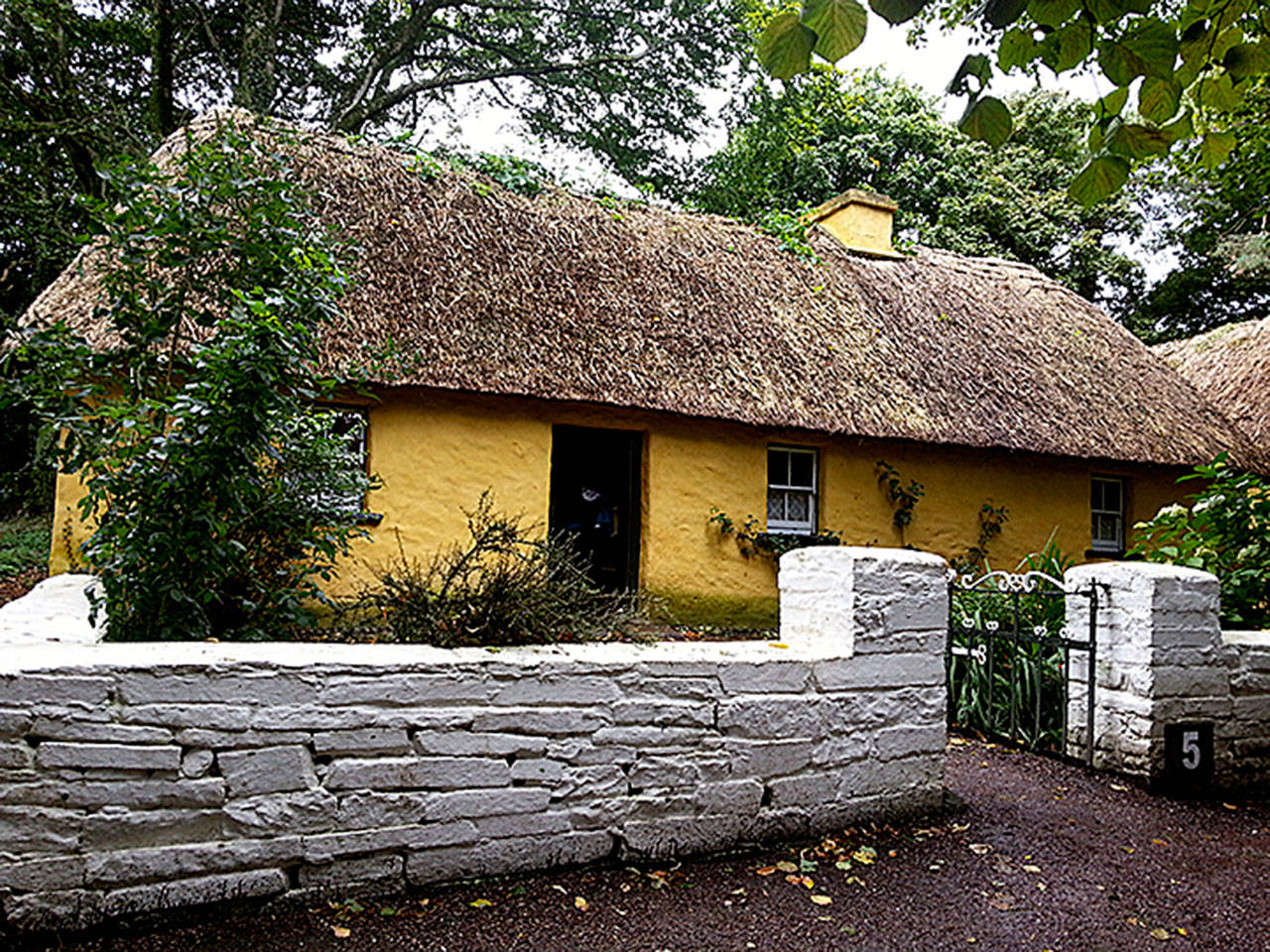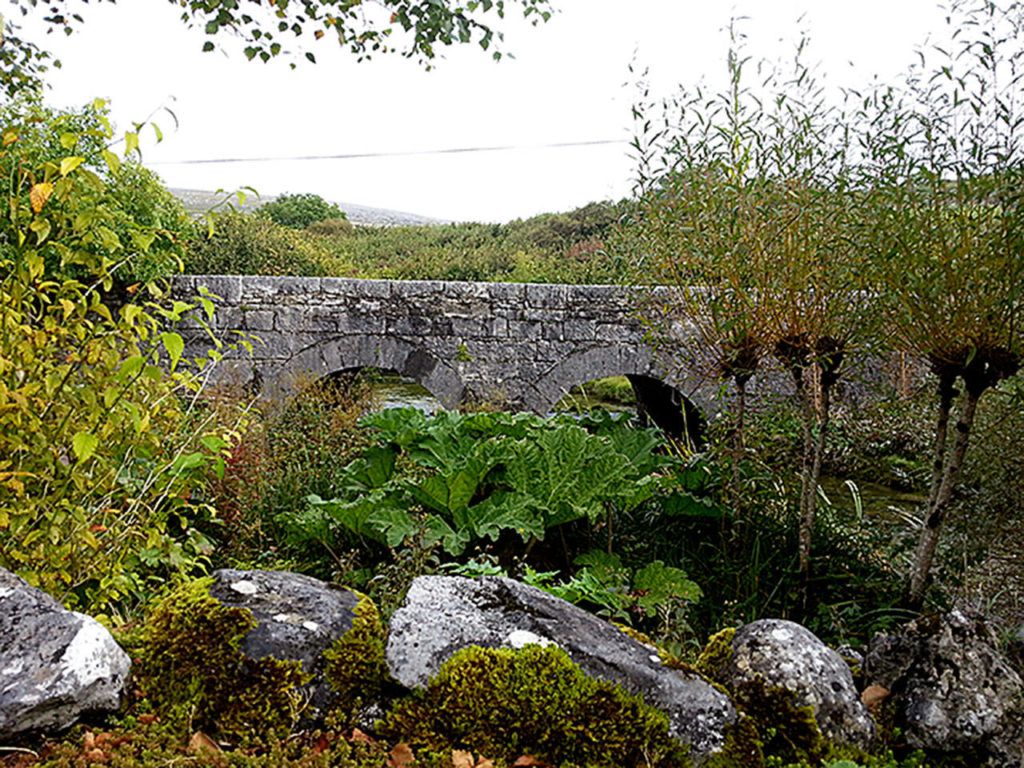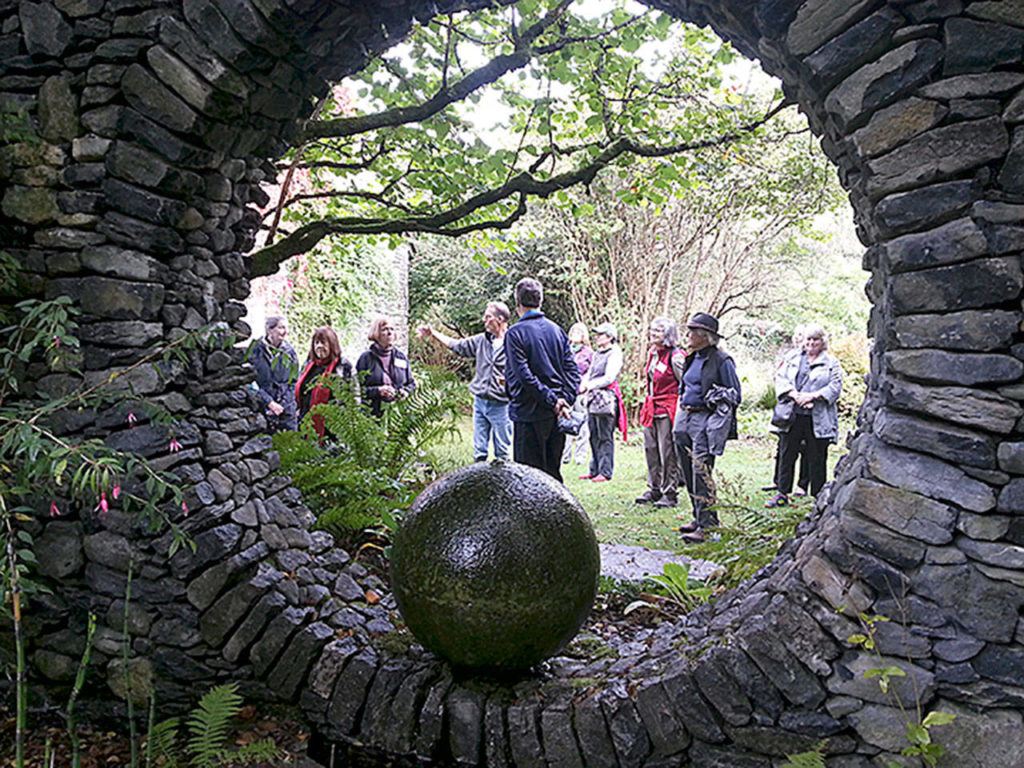A gardener’s bucket list must surely include Ireland, for it is a garden treasure hunt with surprises at every turn.
Northwest Horticulture Society travelers were in Ireland in January to celebrate the 200th anniversary of its Royal Horticulture Society. A celebration was held in Dublin at the culmination of a two-week tour of gardens in the Republic. The trip was the brainchild of local plantsman Dan Hinkley who was invited to be one of the event’s keynote speakers.
Our tour took us south from Dublin along the Irish Sea, St. George’s Channel and the north Atlantic, visiting private and public gardens of every size, ranging from cottage to castle. The tour began at a garden that is No. 3 on the list of Top Gardens in the World by National Geographic, outranked only by Versailles and the Royal Botanic Garden at Kew.
Powerscourt Gardens in County Wicklow, originated in 1731, today boasts the highest waterfall in all of Ireland, as well as formal walled gardens, Italian, Japanese and other themed gardens. Some of Ireland’s oldest and rarest trees are found in this 47-acre garden.
Also in County Wicklow are the Mount Usher Gardens, another top-rated garden attraction, which is set on 22 acres edged by the River Vartry featuring more than 5,000 plant species. Huge gunnera and royal ferns grow amongst the fothergillas, acers, willows, tupelo trees and candelabra primulae. The gardens are known for its artful blend of the formal and natural styles.
Heading south, we toured the famous Balleymaloe Cookery School, which has an organic farm that includes three glass houses. The purpose of these gardens under 1 acre of glass is to teach students the latest methods of organic and biodynamic farming while growing exotic fruits and vegetables for their classes and the on-site restaurant.
We then set out from the shore of Bantry Bay on a small pedestrian ferry to Garnish Island, situated in the sheltered harbor of Glengarriff. To our surprise, the gardens were awash with subtropical plants. The warmer than usual micro-climate in southwest Ireland is a result of the effects of the Gulf Stream that causes temperatures to be warmer than most of Ireland and also drier, allowing for the cultivation of temperate plants.
This weather phenomenon continued up the coast, where we encountered plants such as abutilon, bromeliads, brugmansias, crinodendron, brugmansia, podocarpus, agathes, cordyline, rare Asian and South American bamboo and tree ferns that were at least 10 feet from the trunk to the tip. Many had been brought here from New Zealand, Australia, China and Chile.
The tender and tropical plants thriving there are too numerous to mention, but in total the effect of the wild north Atlantic as a raging backdrop to subtropical plants is awe-inspiring.
The balmy but windy weather continued as we drove north to the Ring of Kerry, a memorable 112-mile drive around the Iveragh Peninsula in southwest County Kerry. Castles, abbeys, cottages and cycling paths add to its charm, where there are gardens of every size and style to be seen.
Few can compare to the “Jewel of the Ring,” Kells Bay House and Garden. Overlooking Dingle Bay, it is famous for its primeval forest tree palms and all sorts of fascinating exotic flora from Brazil, New Zealand, Asia and Chile, to name a few. In addition, Kells Bay House Garden grows 60 rare species of bamboo from Asia and South America.
Leaving the lush gardens of southwest Ireland, we headed north to County Clare where we seemed to enter the netherworld. An area known as the Cliffs of Moher and The Burren was named a European Geopark by UNESCO in 2011, a designation that provides funds for both maintenance and care of historical places.
The Cliffs of Moher span about 5 miles and tower above the Atlantic 702 feet at the peak. A natural attraction, 40,000 birds representing 29 species call these Cliffs home. Nearby is the bedrock of cracked glacial era limestone known as The Burren.
It seemed that we were walking on moonscape, a remnant from the Ice Age some 300,000 years old, which runs all the way out under Galway Bay. One impressive fact is that 75 percent of all plant species in Ireland are found in the Burren. However, it was the mix of plants that grabbed our attention.
Alpine/arctic plants thrive next to wildflowers that are growing beautifully with Mediterranean plants. In addition to this impressive array of flora, there are remnants of ancient cultures in the Burren, about 2,600 monuments to peoples of bygone eras. This place was absolutely the trifecta of horticultural travel: exotic flora, archaeological remains of ancient cultures and thousands of birds soaring over and around the north Atlantic.
After numerous garden tours and a stop at the Tower that was home to poet William Butler Yeats, we returned to Dublin to visit one of Ireland’s most beloved urban gardens, that of Helen Dillon. Gardeners from all over the world have seized the opportunity to visit this garden, and we were likely the last group to enjoy it as the house and gardens have been sold.
Yeats, the winner of the Nobel Prize for Literature, wrote: “The world is full of magical things patiently waiting for our senses to grow sharper.” With plants thriving in the most unusual places and growing in some of the most scenic and unusual ways, much of that magic can be found in the gardens of Ireland.
Sandra Schumacher writes the Plant of Merit column for the Herald and is a freelance garden writer. She is a certified master gardener and member of the Garden Writers of America.
Talk to us
> Give us your news tips.
> Send us a letter to the editor.
> More Herald contact information.



























